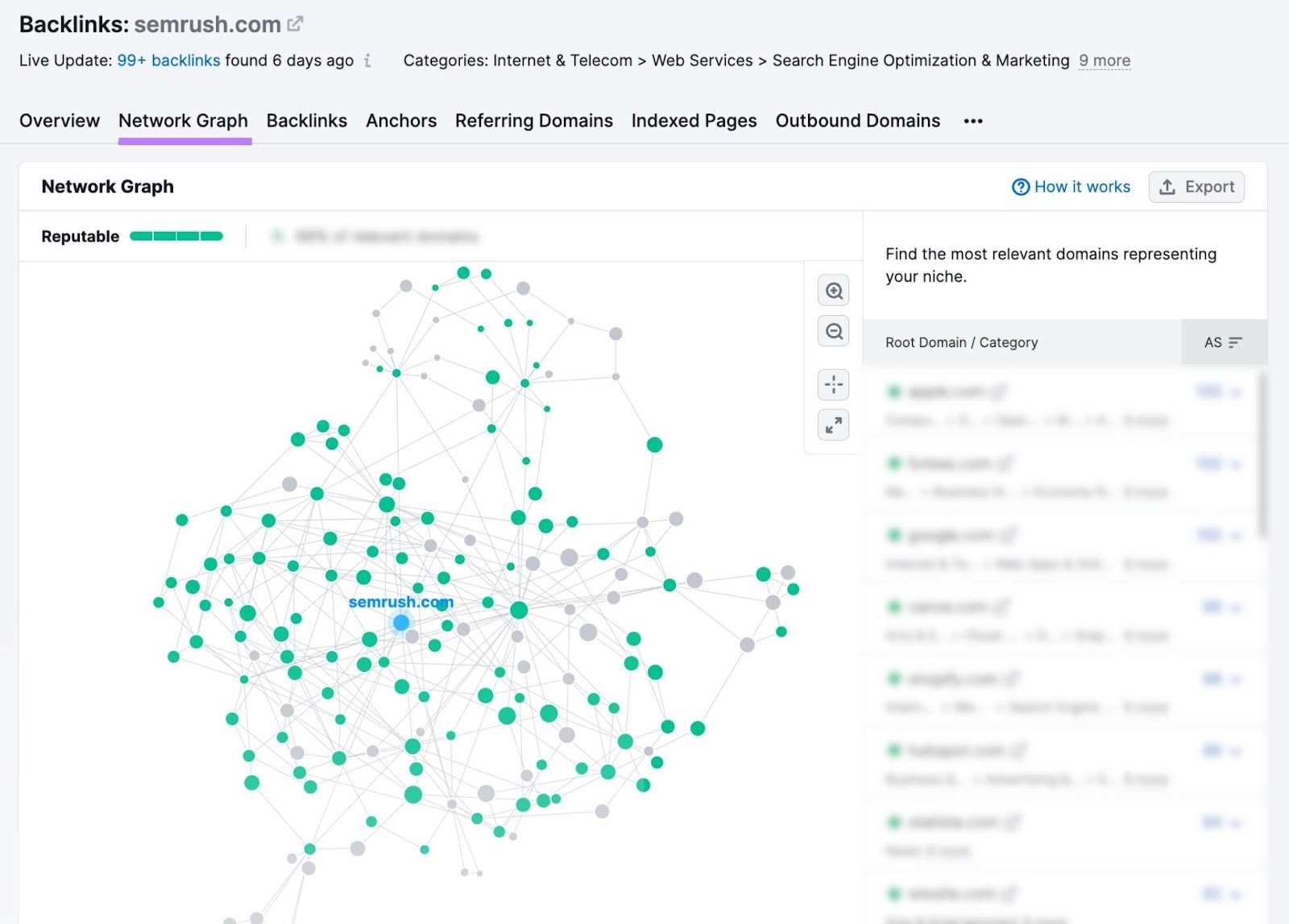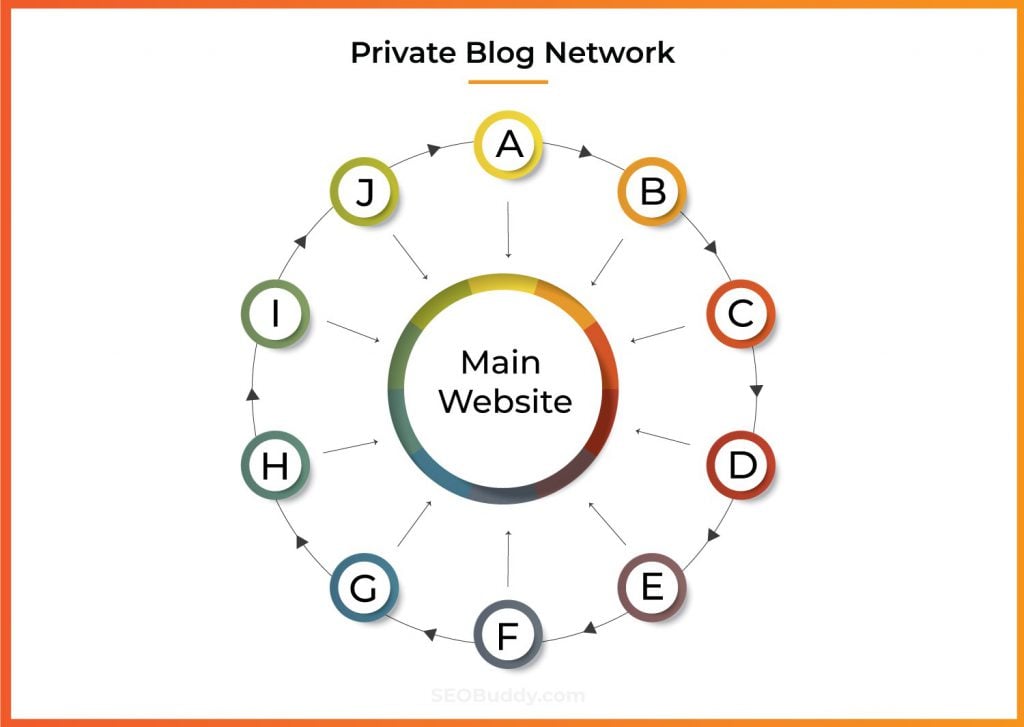All Categories
Featured
Table of Contents
- – Which Is The Leading Semantic Search Strategie...
- – What Is The Top Semantic Search Engine Optimiz...
- – Who Offers The Most Reliable Semantic Seo Tut...
- – Tools For Semantic Seo
- – When Are The Top Semantic Seo Best Practices...
- – What Is The Premier Semantic Seo Examples Co...
- – How Much Does It Cost To Have A Semantic Seo...
The web is altering, becoming an increasing number of semantic. SEO is also altering and ending up being extra semantic. This is due to the fact that internet search engine have advanced and are moving a growing number of in the direction of checking out content online. Naturally, that has actually likewise changed the means we develop web content, particularly if we desire to rank much better in the internet search engine.
Intertwingularity is not typically acknowledged, people maintain claiming they can make points deeply ordered, categorizable and consecutive when they can not. Based on the partnerships in between search purposes, the search engine chooses a web content in positioning by determining the distance in between the vectors of significance.
It permits you to see, beginning with a topic, all the entities that are related to that subject. In this manner you can clearly see which entities/concepts/ideas have already been covered on your site, and you can uncover brand-new chances by recognizing what content you can add and just how to produce it.
Which Is The Leading Semantic Search Strategies Company
It has the ability to make your content understandable for search engines on the one hand and for your audience on the various other. Structuring your web content version highlights your content and its hidden relationships to make sure that internet search engine can identify you among thousands of pieces of details, making you a lot more visible to individuals who fulfill the search intent pertaining to your business.
In semantic search engine optimization copywriting, an editor starts from a more comprehensive variety of subjects and tailors the content to include semantically pertinent terms and phrases that assist visitors recognize a topic, comparable to checking out material in a wiki. From a content writing viewpoint, one sensible method to do this is to create a vocabulary of terms and questions surrounding your target subject.
What Is The Top Semantic Search Engine Optimization Brand To Buy
Discover more concerning by viewing the by!.

Semantic search refers to the process of exactly how search engines recognize and match key phrases to a searcher's intent in organic search results. Before semantic search, search engines like Google ran like matchmakersaligning particular words in your question with those precise words on pages. The outcomes were simple yet often did not have deepness.
Who Offers The Most Reliable Semantic Seo Tutorials Services
It enables Google to offer quick, precise solution to look queries regarding real-world subjects. When you type a question word right into Google, you're not just getting in a sequence of words. You use an intricate web of meanings and links. Google's Understanding Graph sees these words as entities with context and relationships.
When you look for "Apple," Google does not just see a word that explains a fruit. It recognizes Apple as a firm and can supply relevant information. Like the name of its chief executive officer, Tim Cook, or its most current stock rates. Google introduced the Hummingbird update in 2013. It was Google's answer to the rise of voice searches, where queries came to be extra conversational and nuanced.
Tools For Semantic Seo
By incorporating NLP, Hummingbird allowed Google to move beyond plain keyword matching. It aided the internet search engine comprehend search intent, boosting the odds that results would precisely match the reason behind an individual's search. As the third most crucial ranking aspect after content and web links, RankBrain has actually improved Google's semantic search capabilities to comprehend the significance of search inquiries.
Making it more efficient at managing never-before-seen search questions. RankBrain thinks about even more than just keywords when evaluating a search query.
It fetches results that match the key words and line up with the general intent of supplying puppy training recommendations. And if the individual often looks for dog-related content, Google might prioritize extra detailed training guidesrecognizing the individual's ongoing passion in the subject. Incorporating technologies like the Knowledge Graph, Hummingbird, and RankBrain, semantic search helps the Google algorithm analyze and connect information throughout a vast internet of information.
When Are The Top Semantic Seo Best Practices Deals
The focus changes from keyword choice to a holistic method encompassing individual intent, topical importance, and total user experience. Creating content that attends to the searcher's needs with detailed details can enhance your SERP rankings.
A wider technique to material aligns better with semantic search's shift away from specific keyword matching and towards individual intent. Web content that covers search questions a lot more extensively not just pleases individuals.
And five times more than sites that take 10 seconds to lots. While technological search engine optimization ensures ideal web site performance and ease of access, concentrating on user experience (UX) takes it an action further. UX intends to develop an aesthetically enticing, easy to use user interface with interesting, high quality material that motivates visitors to remain. Semantic search modern technology enables search engines to aim for outcomes that supply the ideal possible UX.
What Is The Premier Semantic Seo Examples Company?

All showcase Google's capacity to deal with a topic question thoroughly. By understanding the context and intent behind individual queries, search engines can provide extra relevant information and possibly enhance customer involvement. Personalization in search engine result makes for much better UX.Based on your previous search history and choices as a user, semantic search helps online search engine customize the results to fit your special demands and passions.
So it fetches outcomes that match the search phrases and align with the general intent of giving puppy training suggestions. And if the customer regularly searches for dog-related material, Google could focus on much more detailed training guidesrecognizing the customer's ongoing rate of interest in the topic. Integrating modern technologies like the Knowledge Graph, Hummingbird, and RankBrain, semantic search helps the Google formula translate and link information throughout a substantial internet of info.
How Much Does It Cost To Have A Semantic Seo Techniques?
The focus shifts from keyword selection to an alternative technique incorporating user intent, topical relevance, and total user experience. Developing content that attends to the searcher's needs with thorough details can enhance your SERP rankings.

And type of web content can best please their requirements. A wider approach to material aligns much better with semantic search's change far from precise key phrase matching and towards customer intent. Which discusses the enhanced concentrate on subject collections, rather than private search phrases. Content that covers search inquiries better not only satisfies individuals.
UX aims to create a visually enticing, straightforward interface with interesting, top quality material that urges site visitors to remain. Semantic search innovation allows search engines to aim for results that supply the ideal possible UX.
All display Google's capacity to resolve a subject question comprehensively. By understanding the context and intent behind user questions, search engines can supply much more relevant information and possibly raise user interaction. Customization in search results page creates better UX.Based on your previous search history and preferences as a user, semantic search helps look engines customize the outcomes to fit your unique requirements and passions.
Table of Contents
- – Which Is The Leading Semantic Search Strategie...
- – What Is The Top Semantic Search Engine Optimiz...
- – Who Offers The Most Reliable Semantic Seo Tut...
- – Tools For Semantic Seo
- – When Are The Top Semantic Seo Best Practices...
- – What Is The Premier Semantic Seo Examples Co...
- – How Much Does It Cost To Have A Semantic Seo...
Latest Posts
What Is The Leading Semantic Seo Analysis Business?
A Top Semantic Seo Guide
Top-Rated Semantic Seo Ranking Factors To Buy
More
Latest Posts
What Is The Leading Semantic Seo Analysis Business?
A Top Semantic Seo Guide
Top-Rated Semantic Seo Ranking Factors To Buy